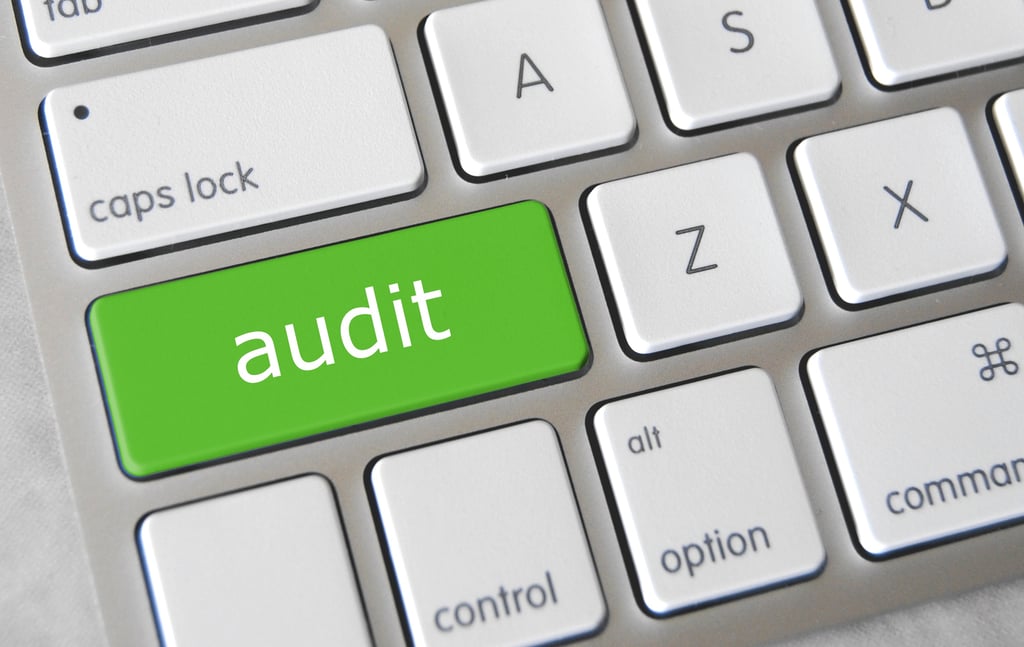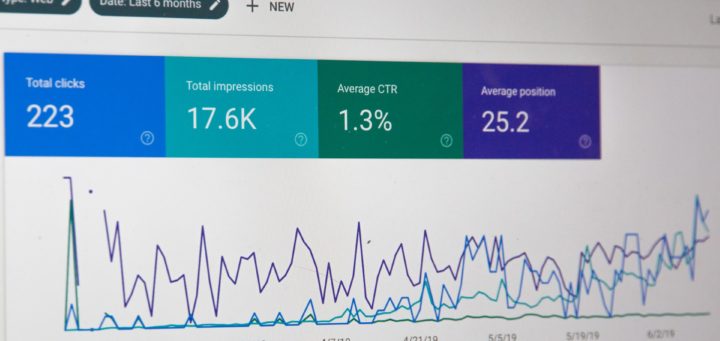A technical site audit will help you to find any potential issues, and resolve them right away to get your site ranking properly, ultimately driving more traffic to it.
Below you’ll find a checklist of items you should look for, and tasks you should complete, to make sure your website is performing at its highest level. And don’t worry; even if you’re technically-impaired (like my mother — who can never seem to remember how to login to her email), you’ll still be able to manage everything on this list, and without the help of a developer.

√ Webmaster Site Errors
One of the first things you should do during a technical site audit is check your Google Webmaster Tools (now known as Google Search Console) account for site errors.
Keep in mind that the Google Search Console will only report errors found in Google, so you should also check webmaster tools within Yahoo and Bing as well to make sure you’re not missing any errors across all main search engines.
√ Duplicate Content Issues
Duplicate content competes with each other on your site, and will make the search engines only return results for one of the pages, instead of all of them.
Review the “HTML Improvements” section of the Search Console and go through all duplicate title tags or meta descriptions and edit them so that each one is unique. Include keywords in your re-writes, and ensure titles are no longer than 70 characters, and descriptions no longer than 155 characters.
√ Broken Link Re-Directs
We all know the frustration of clicking a broken link and being taken to a 404 error response page. Besides being annoying to users, broken links also affect your site performance.
Check out the crawl errors in your webmaster accounts and use your website software to submit 301 re-directs for any of your broken links.
√ Crawl/Index Issues
Run the following search query to help verify the number of indexed pages on your website:
site:example.com
If the number of pages returned seems much higher or lower in comparison to the number or URLs crawled, then there could be an issue. You could also check your Google Search Console under “index status”, which will show you more detailed information on how many pages Google has included in its index.
√ Bad URLs
Just like how unfriendly people turn others off, unfriendly URLs are also going to cause issues. An unfriendly URL is also known as a dynamic URL, which could look something like this: example.com/item/category/viewItem?catId=FIN&itemId=1219lblaknot02. These types of links look ugly and don’t give a good indication of what’s on the actual page, and make it more difficult for search engines to crawl and index the content.
In comparison, static URLs are short (less than 115 characters), descriptive, contain keywords, and make sense to a human reader.
√ Sitemap Issues
An XML sitemap is a list of all pages on a website that need to be indexed by the search engines. It’s basically a map submitted within your webmaster tools accounts that helps the search engines find all of your content.
There are plenty of free sitemap generator tools that you can use to create your sitemap, but make sure you review it closely and remove any duplicate content that it may produce.
√ Site Speed
Website performance is a huge factor to examine in your technical site audit. If you think you’re impatient waiting for a site page to load, the search engines are too — and both will stop or leave if your website takes too long to respond.
You can check your site’s speed through your Google Analytics account (Site Speed Report), or by using another tool, such as Google’s PageSpeed Insights.
√ Mobile Usability
Check your website for mobile usability on all mobile devices. Is the experience a positive one? Is your website responsive on mobile, and optimized for smaller viewing on a mobile device? Do your mobile visitors have a different experience and different access than your desktop users?
Summary
This checklist will get you well on your way through a technical audit of your website, but is no means an exhaustive list. There are far more technical checkpoints that can be reviewed and completed, with the help of a developer or someone more experienced in website development and technical SEO.
For another checklist of additional website ‘must-haves’ to improve your searchability and user experience, download a copy of our free guide, and complete your journey to a high-performing website.


